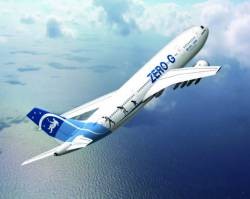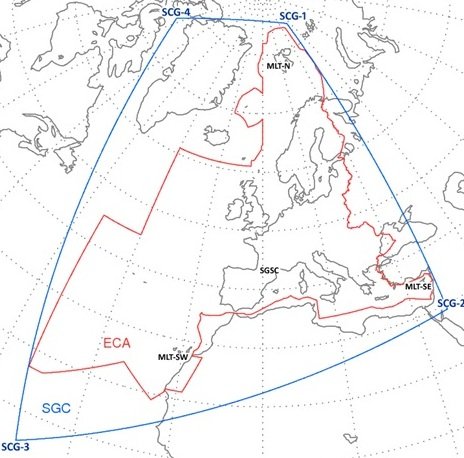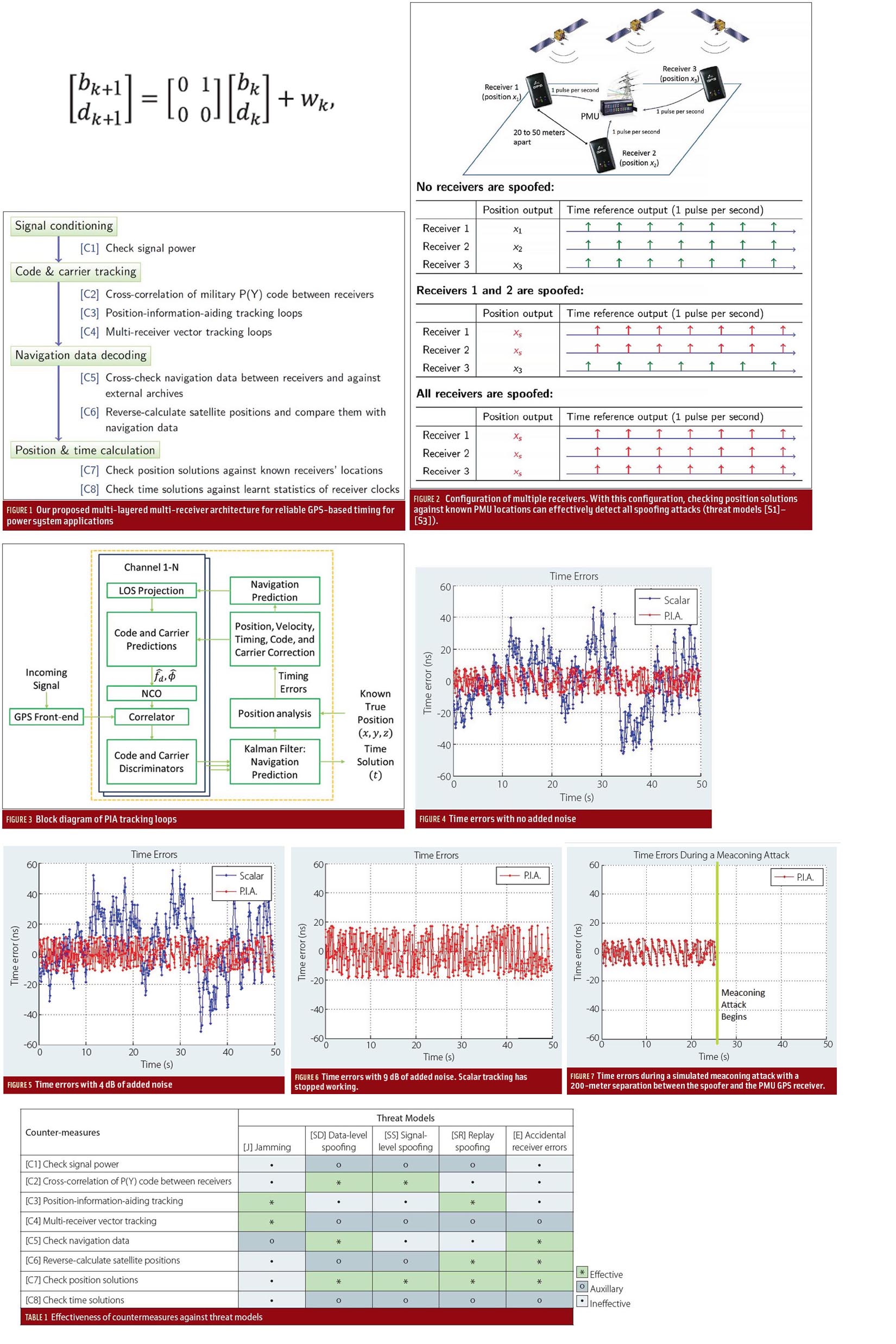 Airbus A300 Zero G (CNES photo)
Airbus A300 Zero G (CNES photo)Operational requirements for second-generation emergency location terminal (ELT) beacons have raised the possibility of activating a beacon during flight. This represents a major change in the use of a Cospas-Sarsat distress beacon.
In October 2012 CNES conducted an experiment to verify the possibility of detecting and locating an ELT beacon activated in flight. As the final specifications for second-generation beacons were not defined at that time, a flexible first-generation beacon was used.
By Inside GNSSReturn to main article: "Tracking IRNSS Satellites"
By Inside GNSSEvery so often, anthropologists — and maybe a few mathematicians — have a field day puzzling over the origins of our positional base-10 numeral system.
Oh, not the historical origins themselves, the Hindu-Arabic innovations beginning in the 5th and 6th centuries. That’s all pretty much agreed.
No, I’m referring to the possible physiological inspirations, the readily visible digits at the ends of our limbs: 10 fingers, 10 toes.
Coincidence? Does nature have coincidents, or does it abhor them like vacuums — o horror vacui?
By Inside GNSS Cospas–Sarsat’s extension to MEOSAR (Medium Earth Orbit Search and Rescue) will extend its search and rescue coverage (the area outlined in red). On the ground the Galileo programme is contributing a Toulouse-based test bench, and a networked trio of MEOSAR ground stations – known as Local User Terminals (LUTs) – to cover Europe, based in Svalbard in the Norwegian Arctic, Cyprus and the Canary Islands. Existing LUTs are distributed on a per country basis, but it is an advantage of MEOSAR that fewer ground stations will be needed for greater coverage. Cospas-Sarsat illustration
Cospas–Sarsat’s extension to MEOSAR (Medium Earth Orbit Search and Rescue) will extend its search and rescue coverage (the area outlined in red). On the ground the Galileo programme is contributing a Toulouse-based test bench, and a networked trio of MEOSAR ground stations – known as Local User Terminals (LUTs) – to cover Europe, based in Svalbard in the Norwegian Arctic, Cyprus and the Canary Islands. Existing LUTs are distributed on a per country basis, but it is an advantage of MEOSAR that fewer ground stations will be needed for greater coverage. Cospas-Sarsat illustration The European Space Agency (ESA) has announced completion of tests that indicate the readiness of the European component of a modernized, GNSS satellite–aided search and rescue service known as Cospas-Sarsat.
ESA has completed construction and testing of a trio of located on three islands at the far corners of the continent, ready to pick up distress calls via satellite from across Europe and its surrounding waters.
By Inside GNSS
Efficient power transmission and distribution would benefit from synchronized near–real-time measurements of voltage and current phasors at widely dispersed locations in an electric power grid. Such measurements also could enable effective real-time system monitoring and control, which are considered to be the key to preventing wide-scale cascading outages like the 2003 Northeast Blackout.
By Inside GNSS